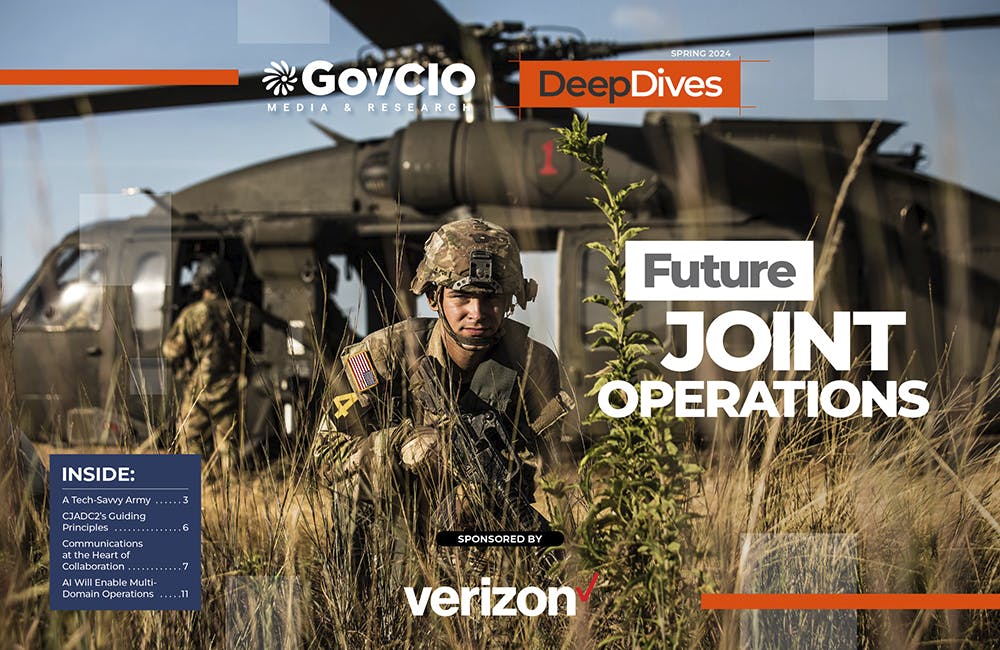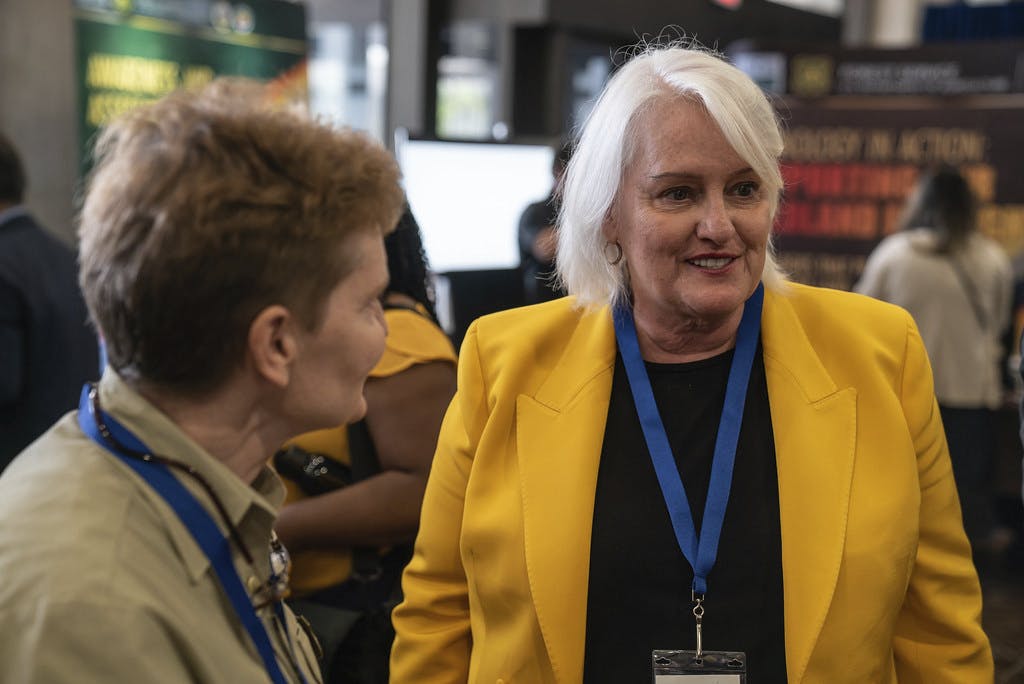Managed Services Help VA Drive Digital Transformation
The Department of Veterans Affairs is bolstering its managed services to support digital experiences and solutions.

Managed services driving artificial intelligence and cloud computing enabled the Department of Veterans Affairs to be more agile and responsive in the face of sudden demands for remote work and telehealth capabilities during the pandemic.
Over the past five years, VA embarked on a modernization journey that put cloud and commercial products at the forefront to scale up at speed, noted Dominic Cussatt, VA’s acting assistant secretary for information technology and CIO.
“It was a systemic approach to accomplish our mission to deliver services to the veterans,” Cussatt said at a GDIT virtual event. “Our transformation included … seamless and secure interoperability. The data needs to flow effortlessly so that our workforce can get their mission done.”
The VA’s cloud platforms in Microsoft Azure and Amazon Web Services enabled the department to meet the immediate demands presented by the COVID-19 pandemic, such as telework, telehealth and telecounseling.
“Because of those cloud platforms … we had good vendor relationships and contract vehicles that allowed us to scale, like end-user device solutions and equipment to support telehealth,” Cussatt said. “Having these managed services and cloud platforms enabled us to act very decisively and provided flexibility in our day-to-day operations.”
Because of the global COVID-19 crisis, the VA had to quickly drive these modernization efforts to support the newly remote world and continue serving its customers.
“COVID-19 forced us into the future,” Cussatt said. “We saw an exponential growth in telehealth encounters — 100% increase — that occurred daily or weekly. Those numbers are sticking … That really speaks to us as a positive customer experience. They’re embracing this new technology.”
The VA is also supporting veterans in rural areas, who may not have access to high-speed internet or new technology solutions. The department is working to provide texting functions to this group of customers to push health notifications, such as vaccine availability.
“We can reach veterans through low-tech means because of the platforms we’ve built and scaled out. We’re really seeing good feedback from our customers, saying that their experience has improved. The most important part is that we’re able to reach as many veterans as possible. It’s a force multiplier for us,” Cussatt said.
Moving forward, Cussatt said the VA is investing in areas like robotic processing automation (RPA) and artificial intelligence as part of its five-stage transformation strategy, which includes customer experience, IT modernization, strategic sourcing, workforce transformation and seamless and secure interoperability.
Solutions like RPA and AI will help the VA “up its game” for image processing, clinical decision support and claims processing, as well as to support its help desk to automate support tickets, Cussatt said. “Not only are we reaching more veterans, but we are reaching them with more reliable services that are augmented by AI and RPA rigor.”
Cussatt noted that with AI, the agency can enrich the tickets with additional data gathered automatically, so that it’s immediately available to technicians to resolve issues faster.
“The possibilities are endless. You really do digitally transform, build these platforms out and employ managed services to support your day-to-day operations,” Cussatt concluded. “These are really exciting times.”
This is a carousel with manually rotating slides. Use Next and Previous buttons to navigate or jump to a slide with the slide dots
-

Connectivity Drives Future of Defense
The Defense Department is strategizing new operating concepts ahead of future joint force operations.
8m read -

5 Predictions for AI in Government Technology
Agencies are setting plans in motion not only to integrate AI into their enterprises, but also ensuring the data that power these systems are fair.
41m watch -

Agencies Meet Key AI Goals Amid Call for More Experimentation
Federal leaders call for prioritizing artificial intelligence and its applications to critical cybersecurity and workforce initiatives.
7m read -

NCI Program Unlocks Emerging Proteomic Data to Advance Precision Medicine
Researchers say sharing molecular cancer research data can expand cancer treatment and care.
32m listen








